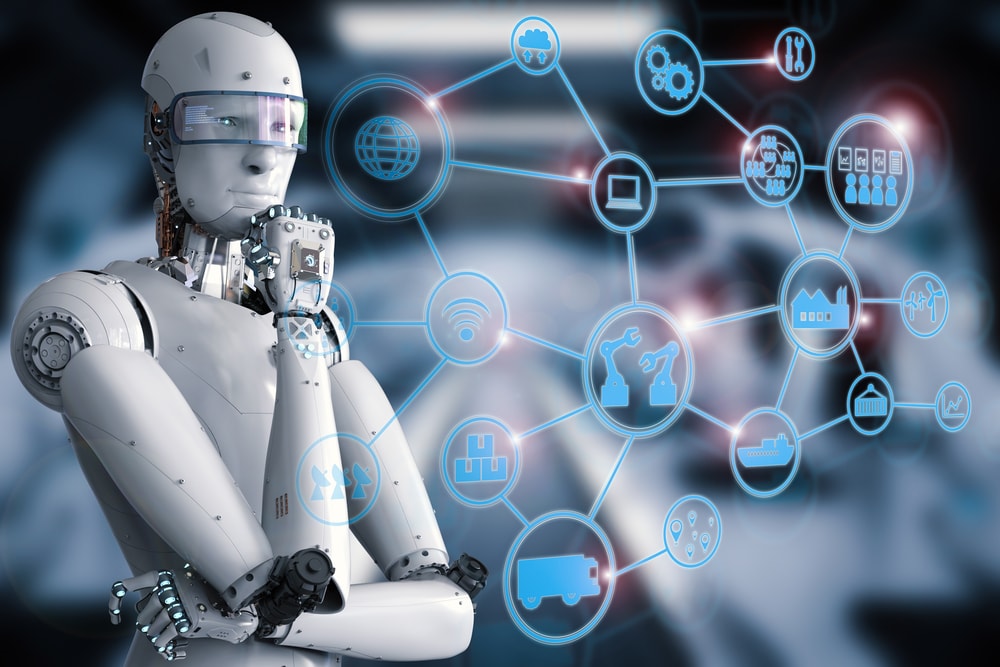Understanding AI Detection
AI Detection is the process of identifying whether text was written by humans or generated by artificial intelligence. Unlike plagiarism tools, ai detection doesn’t compare content against existing sources—it evaluates linguistic patterns and writing styles to spot automation. As AI writing grows AI Detection has become essential in schools, businesses and publishing.
Understanding Plagiarism Checking
Plagiarism detection compares a text with published sources to find copied material. It identifies duplication, paraphrasing, or uncredited use of existing work. Unlike AI Detection, plagiarism tools do not determine whether content was machine-generated.
AI Detection vs Plagiarism Checking: The Core Difference
The main difference is that plagiarism checking identifies copied content, while AI Detection identifies AI-generated text. Both are important but serve different purposes. AI Detection ensures originality even when content is new, while plagiarism tools protect against intellectual theft.
Why AI Detection Is Needed Alongside Plagiarism Checking
- AI-generated text may not exist in databases, so plagiarism tools miss it.
- AI Detection highlights machine-written material even if it looks original.
- Combining both methods ensures maximum authenticity.
AI Detection in Education
Teachers use AI Detection to confirm that essays and assignments are genuinely student-written. Plagiarism checkers alone cannot detect AI, making AI Detection a critical safeguard for academic integrity.
Preserving Fairness
AI Detection ensures fair grading by preventing students from passing AI-generated work as their own. When combined with plagiarism checking, it creates a complete integrity system.
AI Detection in Business and Marketing
Businesses rely on originality for reports, blogs, and campaigns. While plagiarism tools ensure content isn’t copied, AI Detection verifies that it isn’t generated by AI. Together, they protect brand credibility.
SEO and Digital Trust
Search engines reward authentic content. AI Detection helps businesses filter out AI text, while plagiarism tools prevent duplication. Using both ensures better rankings and audience trust.
Free AI Detection vs Free Plagiarism Tools
Free AI Detection tools are available for quick checks, while free plagiarism checkers scan for duplication. Each has limitations, but when used together, they provide strong protection for students, teachers, and professionals.
When to Use Paid Versions
For higher accuracy, many institutions and businesses combine free AI Detection with paid plagiarism tools. Paid solutions offer detailed reports and stronger reliability.
The Future of AI Detection vs Plagiarism Checking
By 2025, AI Detection and plagiarism checking will be used together in most schools and organizations. AI Detection will evolve to catch even subtle machine-generated patterns, while plagiarism tools will continue improving their comparison databases. Both will remain essential for maintaining originality.
Conclusion
AI Detection and plagiarism checking serve different but complementary purposes. Plagiarism tools detect copied sources, while AI Detection identifies AI-generated content. Together, they protect academic integrity, SEO performance, and business credibility. In the digital age, the best approach is to use AI Detection and plagiarism checking side by side for complete authenticity.



